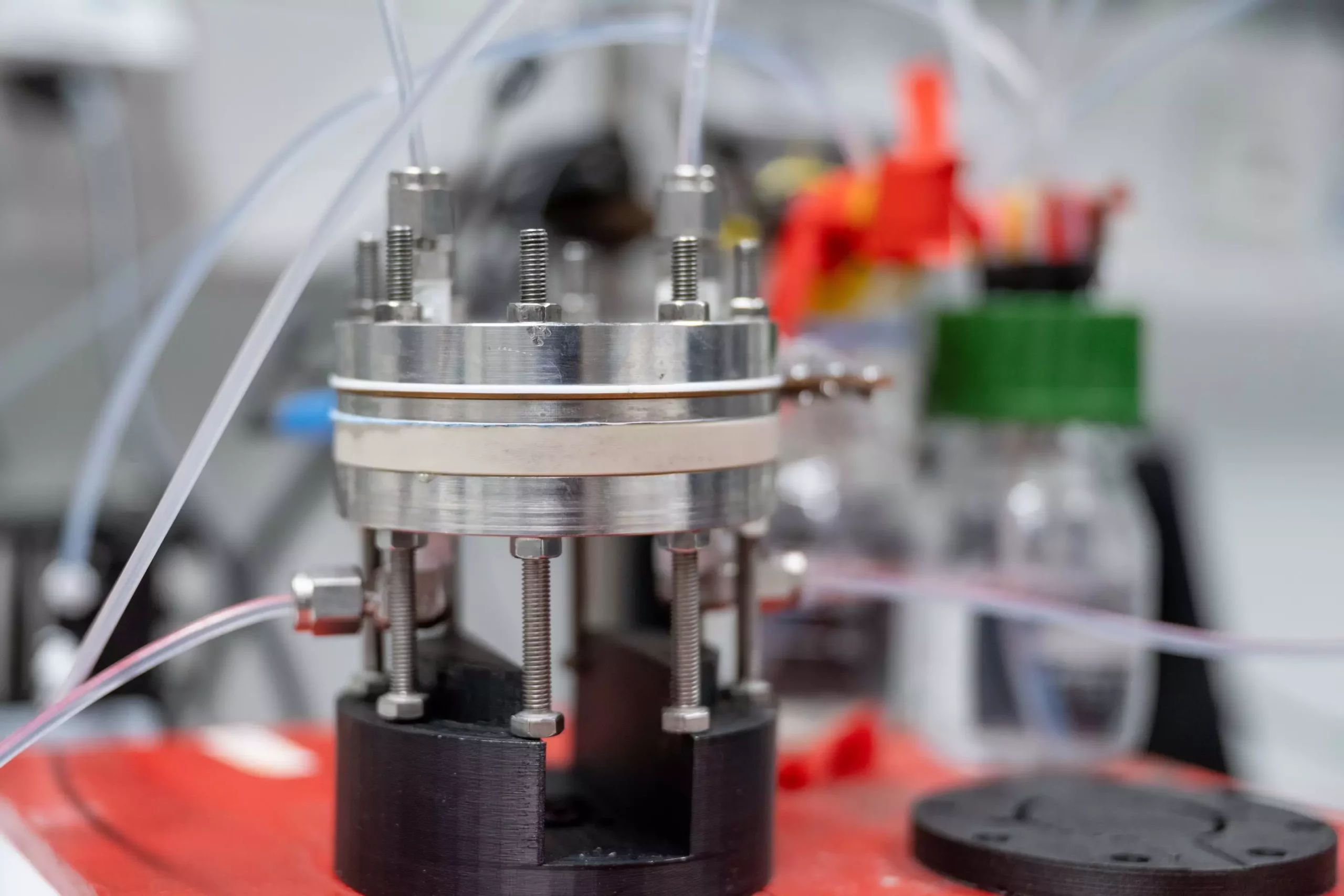Research groups worldwide are dedicated to developing technologies that can efficiently convert carbon dioxide (CO2) into valuable raw materials for industrial applications. While most experiments have been conducted with heterogeneous electrocatalysts, scientists believe that homogeneous catalysts, which are in the same phase as the reactants, might offer higher efficiency and selectivity. However, until recently, no setups existed to test homogeneous catalysts under industrial conditions. Addressing this gap, a team led by Kevinjeorjios Pellumbi and Professor Ulf-Peter Apfel from Ruhr University Bochum and the Fraunhofer Institute for Environmental, Safety, and Energy Technology UMSICHT in Oberhausen has made significant progress in this field. Their findings, published in the journal Cell Reports Physical Science on December 13, 2023, demonstrate a promising solution for CO2 conversion.
To push the boundaries of technology and transform CO2 into a valuable resource, Ulf-Peter Apfel’s group collaborated with Professor Wolfgang Schöfberger’s team from Johannes Kepler University Linz and researchers from the Fritz Haber Institute in Berlin. Together, they explored the conversion of CO2 using electrocatalysis, a process where a voltage source supplies electrical energy to drive the desired chemical reactions. In this case, a dissolved metal complex serves as the catalyst in homogeneous electrocatalysis. By integrating the metal complex catalysts into a gas diffusion electrode, the research team successfully converted CO2 into carbon monoxide, a widely used starting material in the chemical industry.
The researchers achieved highly efficient CO2 conversion using their system, with current densities exceeding 300 milliamperes per square centimeter. Notably, the system remained stable for over 100 hours without any signs of decay. These findings mark a significant breakthrough in the use of homogeneous catalysts for electrolysis cells, opening up new possibilities for electrochemical processes. However, specific electrode composition plays a crucial role in enabling direct gas conversion without solvents, preventing the catalyst from being leached from the electrode surface. Contrary to traditional approaches, there is no need for a carrier material to chemically attach the catalyst to the electrode surface.
The successful integration of high-performance and easily variable homogeneous electrocatalysts into application scenarios for electrochemical processes opens up exciting opportunities for future research and development. With the ability to test and optimize these catalysts under industrial conditions, the research community can further advance CO2 conversion technologies. By transforming CO2 from a climate-damaging gas into a useful resource, scientists aim to contribute to a sustainable and greener future.
The work carried out by Kevinjeorjios Pellumbi, Professor Ulf-Peter Apfel, and their team represents a significant step forward in the quest for efficient CO2 conversion. By successfully testing homogeneous electrocatalysts under industrial conditions, they have demonstrated the potential for these catalysts to enable high-performance electrochemical processes. The findings provide valuable insights into electrode composition and direct gas conversion, eliminating the need for complex chemical bonding approaches. With ongoing advancements in CO2 conversion technologies, we are one step closer to a sustainable and environmentally friendly solution for addressing the global carbon dioxide challenge.



Leave a Reply